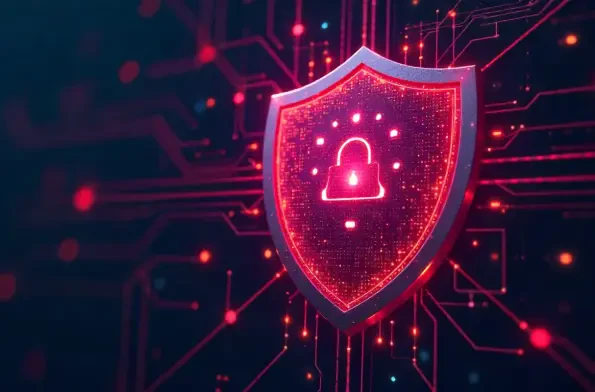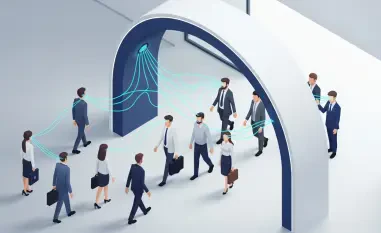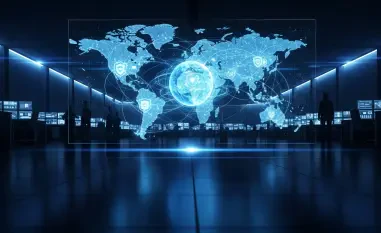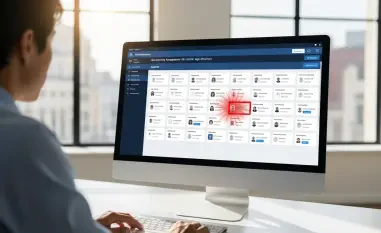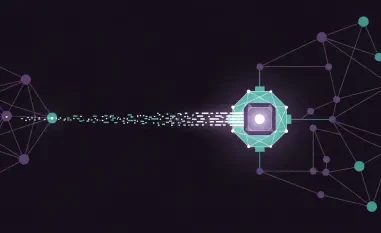In an era where digital threats loom larger than ever, a staggering statistic reveals that ransomware attacks have surged by over 60% in the past two years, costing organizations billions in damages and downtime. This alarming trend underscores a critical need for robust cybersecurity solutions that can keep pace with increasingly sophisticated adversaries. Amid this challenging landscape, a groundbreaking partnership has emerged, promising to redefine how enterprises protect their digital assets. This report delves into a transformative integration within the cybersecurity sector, exploring its implications for businesses worldwide and highlighting a pivotal shift toward unified defense mechanisms.
The Evolving Cybersecurity Landscape
The cybersecurity industry stands as a cornerstone of modern digital infrastructure, tasked with safeguarding sensitive data and systems against an ever-growing array of threats. With businesses increasingly reliant on cloud environments and remote workforces, the attack surface has expanded, making protection a top priority. This sector, valued at hundreds of billions globally, continues to evolve rapidly as organizations grapple with the consequences of breaches that can cripple operations and erode trust.
Among the most pressing threats are ransomware and hands-on-keyboard attacks, where cybercriminals manually exploit vulnerabilities for maximum impact. These incidents have disrupted industries ranging from healthcare to finance, often resulting in significant financial losses and regulatory penalties. The global scale of such threats demands solutions that not only react to incidents but also anticipate and prevent them before damage occurs.
Key players like Sophos, Secureworks, CrowdStrike, and Microsoft Defender dominate the market, each pushing boundaries with technologies such as endpoint protection and Extended Detection and Response (XDR). Industry consolidation and integration trends are shaping the future, as companies recognize that fragmented tools often fail against coordinated attacks. This movement toward cohesive platforms signals a strategic response to the complexity of modern cyber challenges, setting the stage for innovative collaborations.
Unveiling the Taegis and Sophos Endpoint Integration
Key Features and Benefits
A landmark development in cybersecurity has arrived with the native integration of Sophos Endpoint into Taegis XDR and MDR subscriptions. This powerful combination introduces advanced capabilities such as CryptoGuard for anti-ransomware defense and Adaptive Attack Protection, designed to thwart even the most intricate threats. By embedding these features, the platform elevates its ability to prevent, detect, and respond to attacks with unparalleled precision.
This integration reflects a broader industry shift toward unified security platforms, driven by consumer demand for solutions that streamline operations without sacrificing effectiveness. Businesses can now access a comprehensive defense mechanism that reduces the need for multiple standalone tools, thereby minimizing gaps in coverage. Such an approach ensures that threats are addressed holistically, from initial intrusion attempts to potential escalation.
For organizations, this presents a unique opportunity to enhance security outcomes while optimizing resources. The seamless fusion of endpoint protection with advanced detection and response tools empowers IT teams to focus on strategic priorities rather than juggling disparate systems. As cyberthreats grow in sophistication, leveraging this integration could prove instrumental in maintaining a resilient security posture.
Market Impact and Adoption Insights
Available immediately to both new and existing Taegis customers at no additional licensing cost, the inclusion of Sophos Endpoint marks a significant value proposition. This cost-saving measure addresses a critical pain point for enterprises seeking to bolster defenses without inflating budgets. The reduced total cost of ownership, coupled with improved return on investment, positions this solution as an attractive option in a competitive market.
Looking ahead, the growth potential for both Taegis and Sophos appears substantial, fueled by industry recognition of Sophos as a leader in endpoint protection. Accolades such as consistent mentions in the Gartner Magic Quadrant and top rankings in G2 Grid Reports underscore the credibility of this offering. Adoption rates are expected to climb as businesses prioritize integrated solutions that deliver measurable results.
Analysts anticipate that this collaboration will resonate strongly with enterprises aiming to simplify their security architecture. By eliminating hidden fees and enhancing capabilities, the partnership could redefine expectations for cybersecurity investments. Over the coming years, from 2025 to 2027, market penetration is likely to accelerate as awareness of these benefits spreads across sectors.
Addressing Cybersecurity Challenges with Integrated Solutions
Modern cyberthreats have outpaced traditional defenses, rendering commoditized endpoint protection insufficient against tactics like advanced persistent threats. Attackers continuously adapt, exploiting vulnerabilities in fragmented systems to gain footholds within networks. This reality demands a shift to proactive strategies that prioritize prevention over mere reaction.
Operational hurdles further complicate the landscape, with administrative overhead and disjointed tools often hindering effective management. The Taegis console addresses these issues by offering a centralized hub for deploying and overseeing Sophos Endpoint, reducing complexity for security teams. Such simplification enables organizations to maintain focus on core objectives rather than battling tool sprawl.
The integration also facilitates seamless telemetry ingestion across diverse environments, ensuring compatibility with various setups. This capability supports a prevention-first mindset, crucial for enterprises managing vast device ecosystems. By stopping attacks at the earliest stage, businesses can mitigate risks and preserve operational continuity in an increasingly hostile digital world.
Navigating the Regulatory and Compliance Environment
The cybersecurity field operates within a stringent regulatory framework, shaped by data protection laws and industry standards that mandate robust endpoint security. Regulations such as GDPR and HIPAA impose strict requirements on how organizations handle sensitive information, with non-compliance carrying severe penalties. These mandates influence how security solutions are designed and deployed globally.
Compliance plays a pivotal role in shaping cybersecurity practices, pushing companies to adopt tools that align with legal expectations. The Taegis and Sophos integration ensures adherence through comprehensive protection mechanisms that safeguard data at every touchpoint. This alignment helps organizations meet audit requirements without compromising on defense capabilities.
As regulatory landscapes evolve, flexibility becomes essential for maintaining compatibility across varied environments. An open platform approach, as adopted by this partnership, supports compliance by accommodating different vendor ecosystems. Such adaptability ensures that businesses can navigate shifting standards while maintaining a strong security foundation.
The Future of Cybersecurity with Taegis and Sophos
Looking toward the horizon, the cybersecurity industry is poised for transformation, driven by a growing demand for integrated and cost-effective solutions. Enterprises are increasingly seeking platforms that consolidate multiple functions into a single, efficient system. This trend suggests a future where standalone tools give way to comprehensive suites that address diverse threat vectors.
Emerging technologies like advanced XDR and MDR are set to disrupt traditional security models, offering deeper insights and faster response times. These innovations promise to enhance how organizations detect and neutralize threats, potentially reshaping market dynamics. As these tools mature, their integration into broader platforms will likely become a standard expectation.
Consumer preferences for flexibility and vendor choice will continue to influence development strategies, encouraging partnerships that prioritize interoperability. Global economic conditions and technological innovation will further drive growth, with Taegis and Sophos well-positioned to lead in this dynamic space. Their collaborative efforts could set a benchmark for future advancements in cybersecurity resilience.
Conclusion and Strategic Outlook
Reflecting on the insights gathered, the collaboration between Taegis and Sophos stands as a beacon of progress in a field besieged by relentless threats. This integration delivers not only enhanced protection but also tangible reductions in cost and complexity for organizations striving to secure their digital frontiers. It marks a turning point in how endpoint security can be seamlessly woven into broader defense strategies.
Moving forward, businesses are encouraged to embrace such integrated solutions as a cornerstone of their cybersecurity frameworks, while preserving flexibility to adapt existing investments. Exploring phased adoption plans could help balance innovation with operational stability. Additionally, staying attuned to emerging regulatory shifts will ensure sustained compliance alongside robust defense.
Ultimately, this partnership illuminates a path toward greater innovation and resilience in the cybersecurity sector. Stakeholders are urged to leverage these advancements to build stronger, more adaptive security postures. By aligning with forward-thinking collaborations, enterprises can better prepare for the challenges of tomorrow’s digital landscape.
